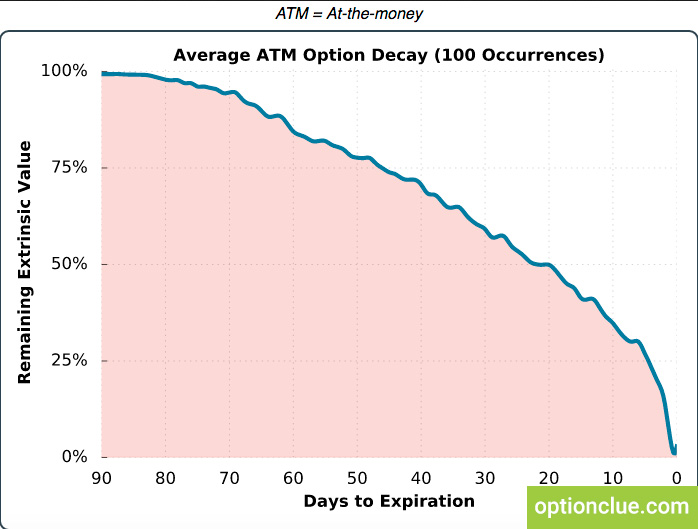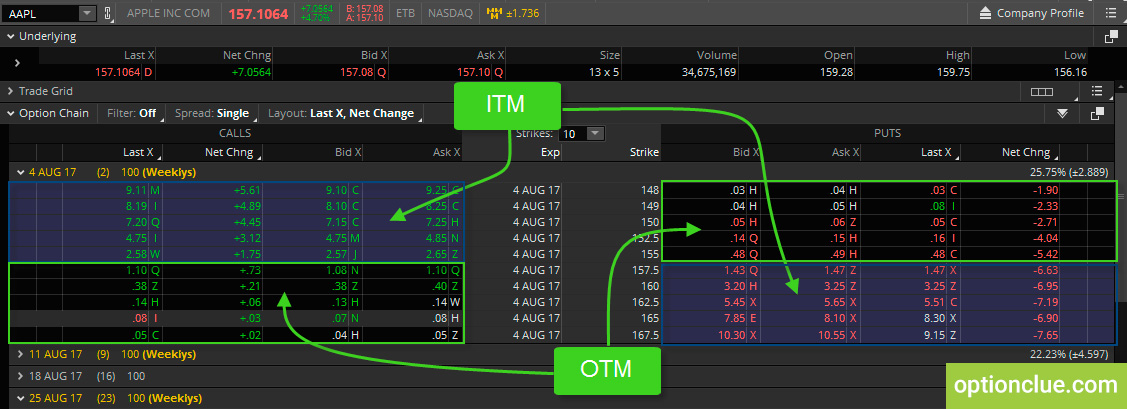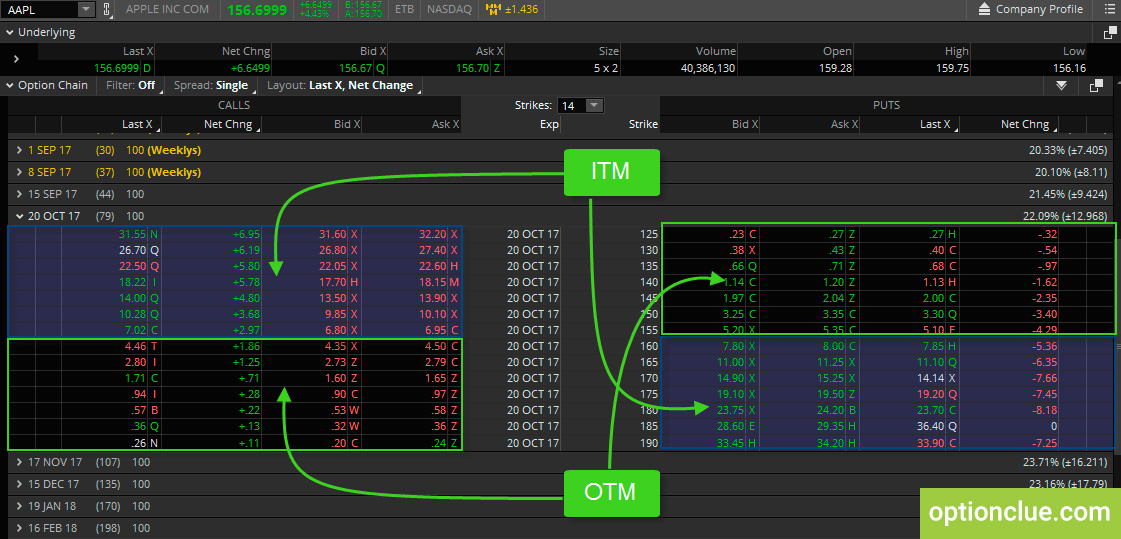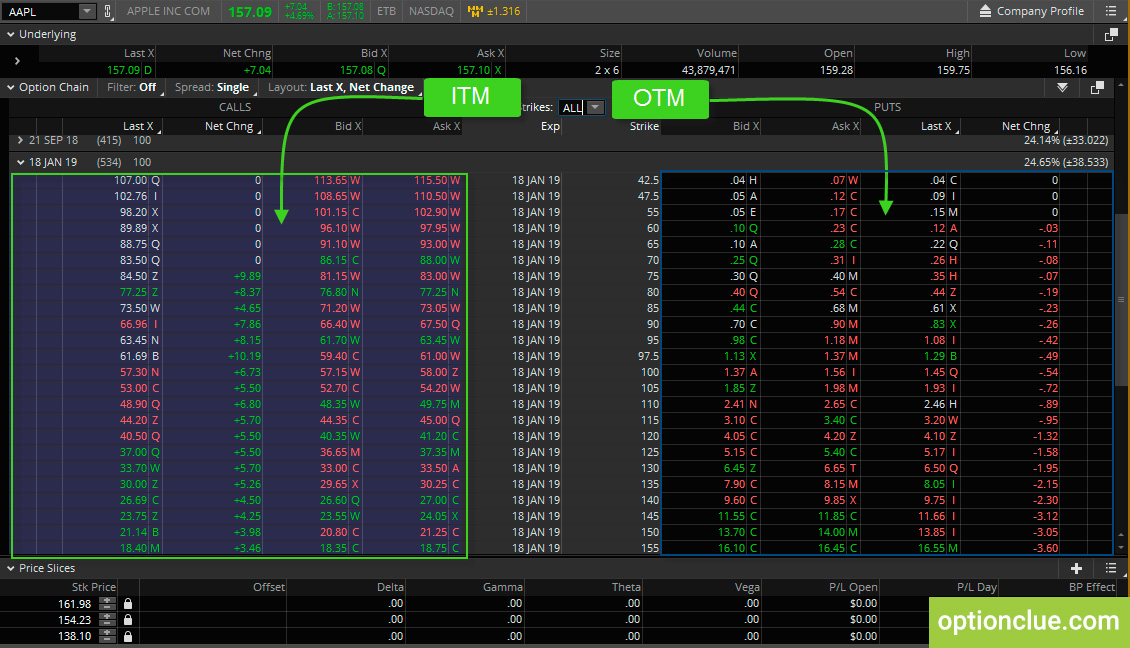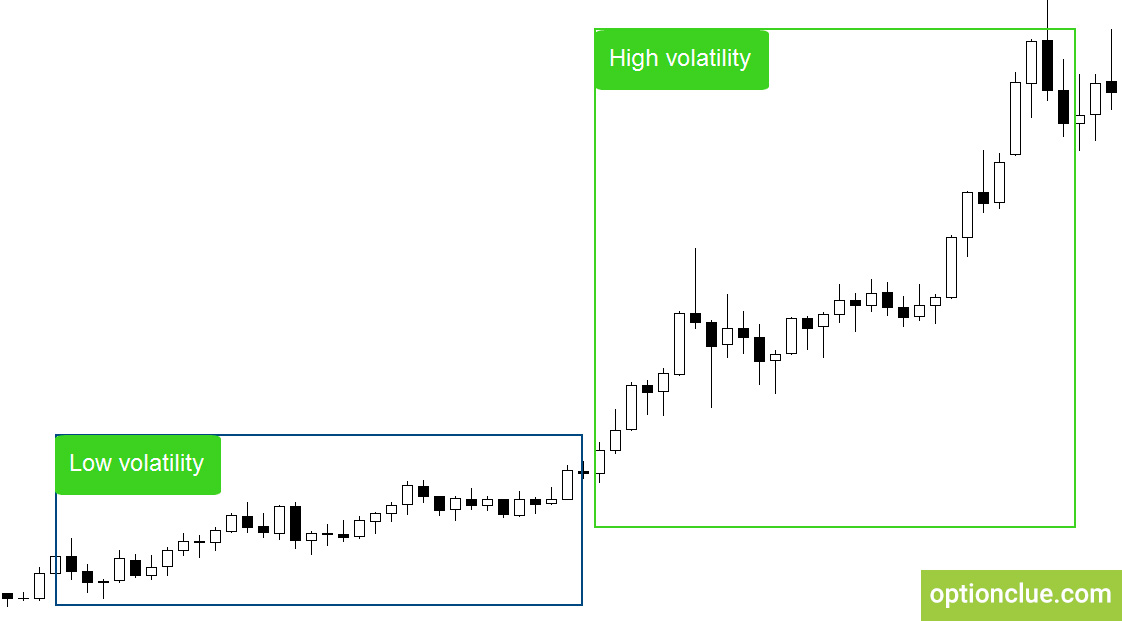What Options to Buy? Understanding Option Pricing.

Choosing of assets for trading can take a long time, especially when it comes to options trading. Keeping this in mind, we’ve created the options screener that saves your time and helps find new trading ideas based on a simple principle – buying cheap options or selling expensive ones.
In this article we will consider the ways you can trade options to make a profit. We will discuss such terms as options price, strike price, volatility, in-the-money and out-of-the-money options. This information will be helpful for beginners because it gives a full understanding of the need to buy or sell options at a particular time in order to make the most money by choosing top options to buy.
Contents
- Options definition
- Time to expiration as an element of an option’s price
- The underlying stock price as an element of option prices
- Volatility as an element of option prices
- Conclusions on the option pricing theory
Options Definition
Many well-known companies you deal with every day have stock options. So, you have an opportunity to trade them right from your computer, smartphone or tablet.
There are two types of options – calls and puts. Basically, if you buy a call you want the stock price to go up, if you buy a put you want it to go down. Since there are two sides to every market, you can also do the opposite. You can sell the option contract as an opening trade and hopefully buy it back at a lower price as a closing trade. To be successful in the long-term you can’t do without real options analysis so you should clearly understand elements of option prices.
The Time to Expiration as an Element of an Option’s Price
Option prices are based on three elements of their underlying stock. The first one is the time to expiration. As you know, options are often used like insurance and primarily you have to pay money for this insurance. Talking about insurance, you don’t just get to pay the one-time payment to have insurance forever. You should pay month after month to keep your insurance. So, the longer you have it the more money you will have to pay. Options work the same way and they have expiration dates. For the exact same reason you have to pay monthly for car insurance.
An option with 60 days until expiration might cost $500 when the option with only 30 days to expiration only costs $250. So more time equals more money. This is known as time decay. Now let’s take a look at how the options time value will decay over time. The curve will look something like this (Figure 1)
As you can see time decay isn’t linear, its exponential curve means that as you get closer to expiration, time decay will rapidly speed up. The important thing for you to understand is that the options time value always decays by 100% of the time every day.
This can be your worst enemy, if you trade options the wrong way or it can be a huge advantage, if you trade them correctly. Most stocks have options with weekly, monthly and quarterly expirations and you choose whatever expiration you want to trade in.
The Underlying Stock Price as an Element of Option Prices
The second factor that influences option pricing is the underlying stock price itself. For each stock exist multiple options at different price increments. This is called the options strike price. The strike price is a predetermined price at which shares will be exchanged if the option is exercised.
For example, if you own a stock at $157.5 per share you could buy the 157.5 put because that’s where you could sell your shares in case the stock goes lower and you need to exercise your option.
You don’t have to own shares to trade options but the strike price of the option you’re trading has a huge effect on the option price. Let’s say the current stock price is $157 per share. For calls, any option that has a strike price above the current stock price is referred to as out-of-the-money (OTM). If the strike price is below the stock price it is referred to as in-the-money (ITM) and for put options it’s the exact opposite (Figure 2).
Here’s an idea of what each options price will look like within, let’s say, about 79 days to expiration (the 20-th of October 2017) (Figure 3).
I’d like to note that each option contract represents 100 shares of the stock, so these prices have a multiplier of 100. For instance, if you buy one contract of the 155 call, this will actually cost you $695 not $6.95.
It’s important to know that all OTM options have no value at expiration. Let me repeat, if an option is OTM at the expiration date it will be worthless. So if they don’t have any value at the expiration then why do they value now? It’s because stock prices move and there is a chance that the OTM options could become ITM if there is still time left to expiration.
You can see that further OTM option is cheaper. That’s because its likelihood of being of any value is less than an option that is closer to the stock price, because, for example, this stock is more likely to get to $160 than to $165 and as stock prices move on a day-to-day basis, the option prices will also move. If the stock goes up the calls will become more expensive and the puts will become cheaper and vice-versa.
A common misconception is that you have to hold your position until the expiration. This is not true. If you buy a call option today that expires in 79 days, the stock goes up overnight, and your call option is now worth $100 more than it was when you bought it, then you can sell it for a profit. The expiration date of 79 days does not mean that you have to hold the position so long.
Let’s take a look at what these option prices will look like until the furthest expiration date. It’s January, 2019.
You can see all possible strike prices that make calls to be ITM. The difference between the highest and lowest prices is $112.5 ($155-$42.5). ITM options are worth the difference between the stock and the strike price, it is for example $57 ($157-$100), and all OTM options are worthless at expiration. This is because since there is no time left there is no time value left on these options. This is also referred to as extrinsic value.
Volatility as an Element of Option Price
The third and final factor that influences option pricing is volatility. Volatility is referred to as the magnitude of stock’s price swings (Figure 5).
High volatility means bigger price swings and ultimately more risk for the investor who owns the stock. Since there is more risk involved, options will be more expensive.
Let’s say you are providing life insurance for two different people. The first person is overweight, smokes a pack of cigarettes a day and has a medical condition. And the second person is healthy, exercises regularly and has no signs of any life-threatening medical conditions. The question arises who of them has to pay more for life insurance? Definitely the person who is at more risk of dying. Think of the sick person as a stock with high volatility and the healthy one as of a stock with low volatility.
Different stocks have different volatilities, but volatility is something that moves around. A stock with current low volatility now might have high volatility in the future. Volatility is much more predictable than stock prices. So if you’re trading options it’s important to position yourself on the right side of volatility.
Conclusions on the Option Pricing Theory
Long-term successful option trading is impossible without understanding the basic components of options pricing. When choosing what options to buy today, first of all it is necessary to remember that options time value is always decaying during the options lifetime. Apart from this, when exercising options you should understand whether this option is ITM or OTM. Finally, you should remember that market volatility influences options prices. So, the combination of these three elements determines options pricing.

